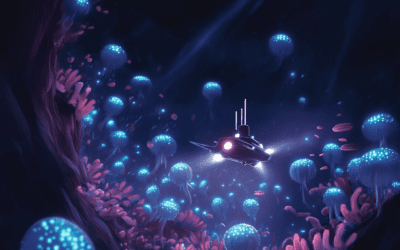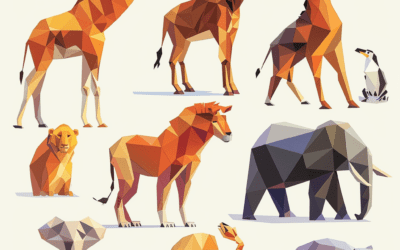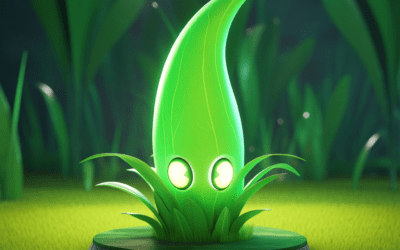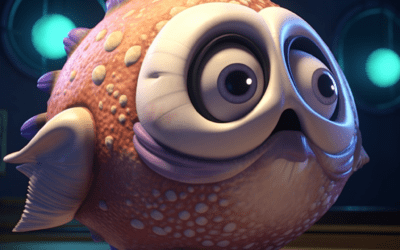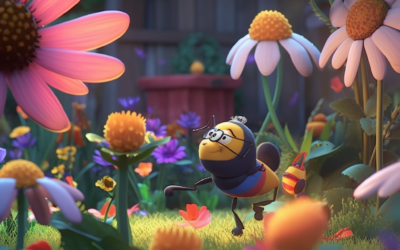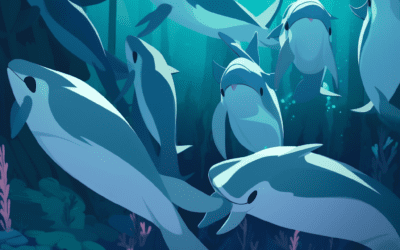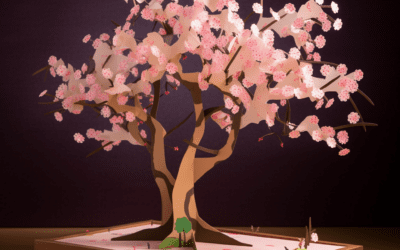**What Causes Waves at the Beach?**
Have you ever wondered what causes those big waves at the beach? Waves are created by a combination of different things, and they can be really fun to play in! Let’s dive into the fascinating world of waves and find out what causes them.
1. Wind: One of the main things that causes waves is the wind. When the wind blows across the surface of the ocean, it creates ripples. These ripples eventually grow bigger and become waves. So, when you feel a gust of wind at the beach, just know that it’s playing a big role in creating those waves you love to jump over!
2. Distance: Did you know that waves can travel really long distances before reaching the shore? Waves are actually formed far out in the ocean. Sometimes, they travel for thousands of miles to finally crash onto the beach where you’re playing. That’s pretty incredible!
3. Size of the Waves: Have you ever noticed that some waves are bigger than others? The size of the waves depends on a few things. One important factor is the strength of the wind. If the wind is super strong, it can create huge waves. But if the wind is gentle, the waves will be smaller. Another factor is how long the wind has been blowing. The longer it blows, the bigger the waves can get.
4. Tides: Tides are also a big part of what causes waves. The rise and fall of the ocean waters, known as tides, are caused by the gravitational pull of the moon and the sun. When the tide goes out, it can create smaller waves. But when the tide comes in, it can bring bigger waves crashing onto the beach.
5. Underwater Shape: The shape of the ocean floor also plays a role in creating waves. Imagine you have a bucket of water and you quickly move it back and forth. What happens? The water inside sloshes around and creates small waves. Well, the same thing happens with the ocean. When the underwater shape changes, like when there are sandbars or reefs, it can make the waves break or change direction.
6. Energy Transfer: Waves are actually a way for the ocean to transfer energy. The wind’s energy is transferred to the water, which creates the waves. And when the waves reach the shore, their energy crashes into the sand and rocks, creating a splash and sometimes even making a big sound!
So, the next time you’re at the beach, remember that the wind, the distance the waves travel, the tides, the shape of the ocean floor, and energy transfer all work together to create those awesome waves you love. Waves are a beautiful and powerful part of nature, and now you know a little more about what causes them! Have fun exploring the beach and riding those waves!
Key Takeaways:
– Wind blowing across the ocean creates ripples that grow into waves.
– Waves can travel long distances before reaching the shore.
– The size of the waves depends on the strength and duration of the wind.
– Tides, caused by the moon and the sun, can also affect wave size.
– The underwater shape, like sandbars or reefs, can make waves break or change direction.
– Waves are a way for the ocean to transfer energy.



